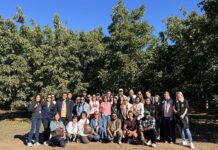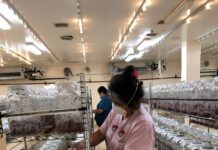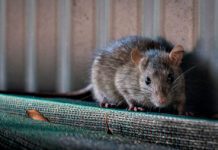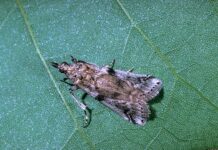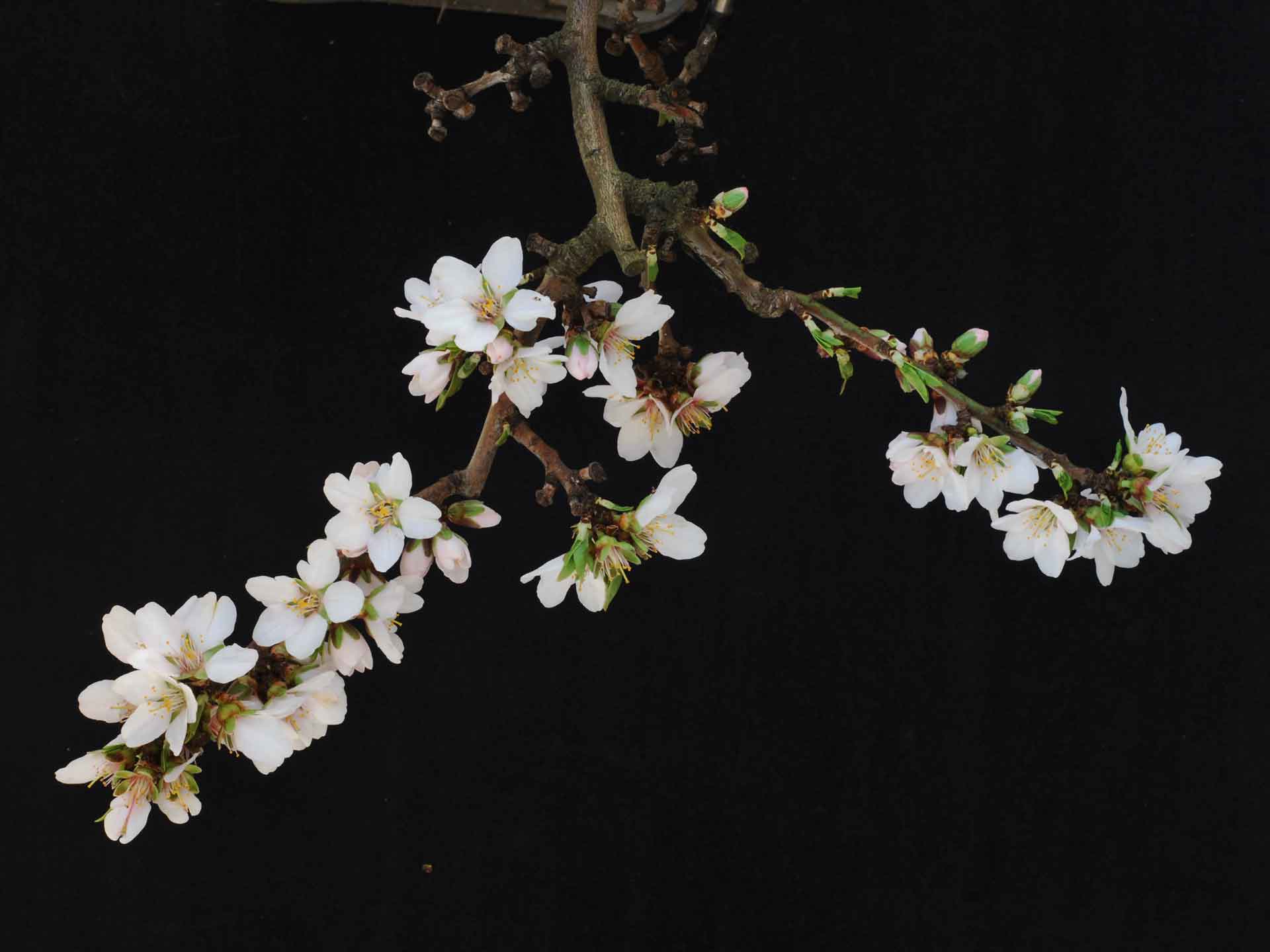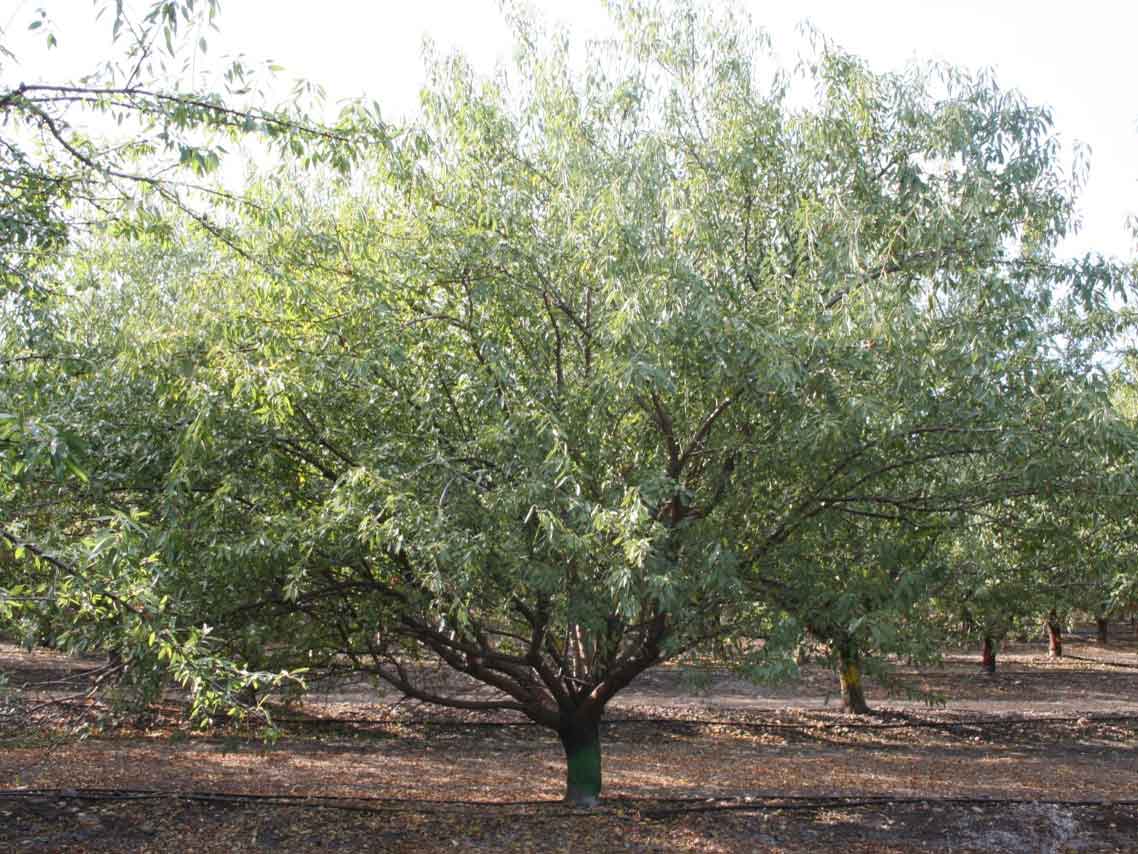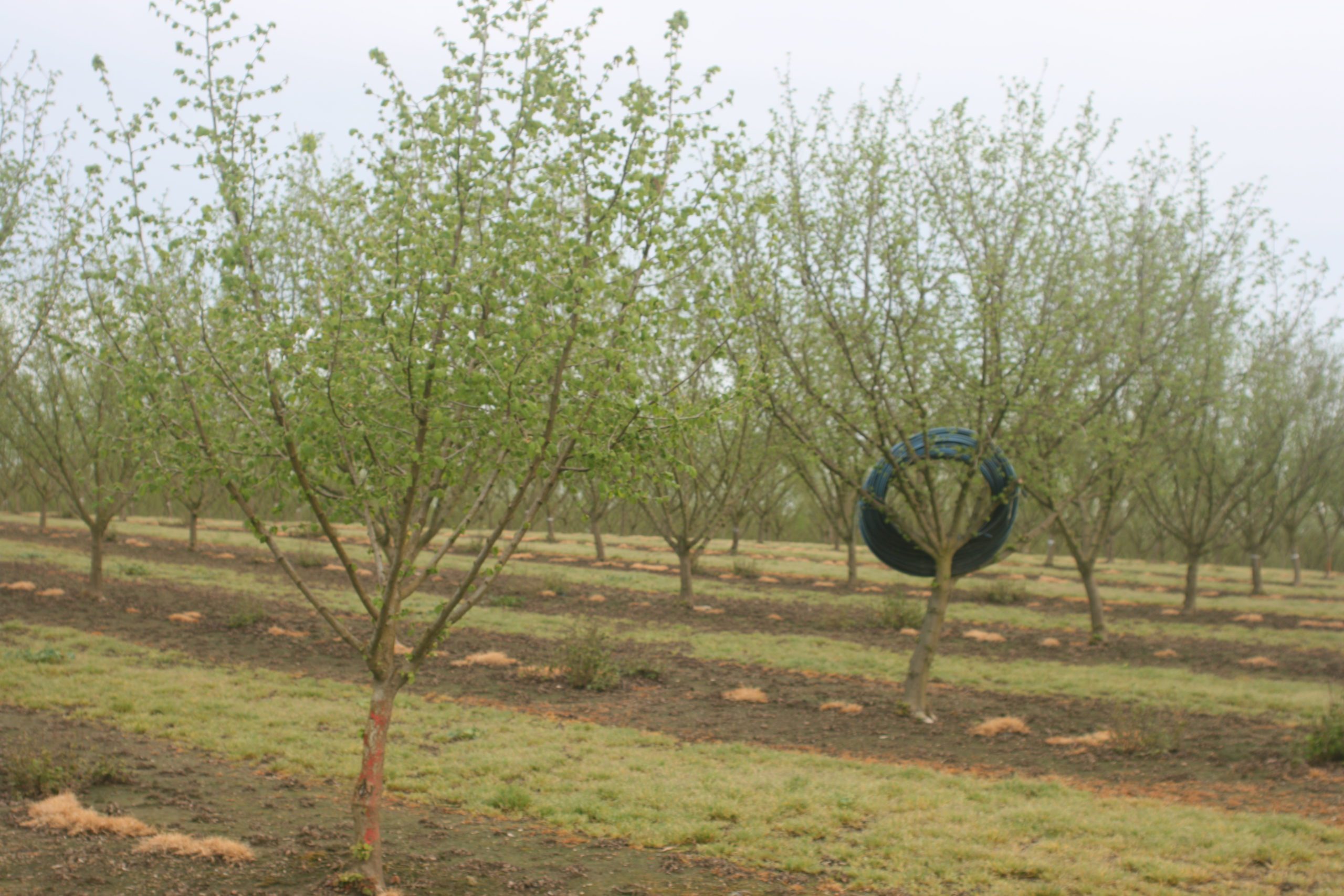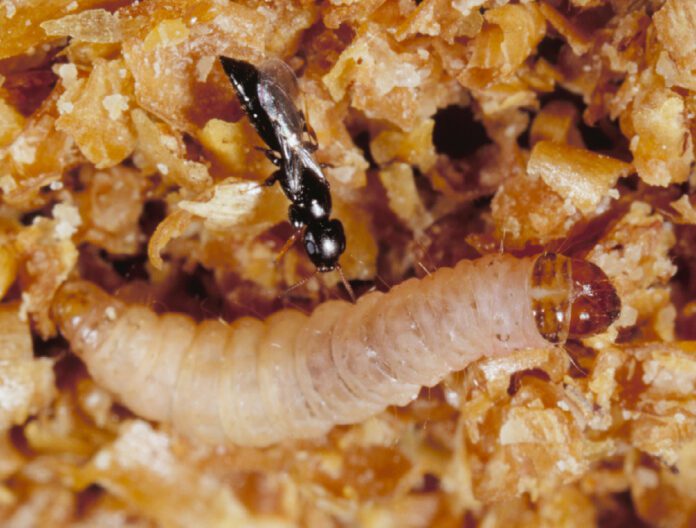
Natural enemies of orchard insect pests are working in every orchard, but they do not always provide pest suppression below the needed economic injury level.
Kent Daane, a UCCE integrated pest management specialist, said at the Statewide Pistachio Day event that, yes, good bugs can be used to control bad bugs. The potential may be with the balance between the pests and the beneficials.
“We want to maximize their help,” Daane said.
Biological control is the beneficial action of parasites, pathogens and predators in managing invertebrate pests and their damage, according to the UC IPM program. Biocontrol provided by natural enemies can reduce numbers of pest species. Most parasites and many predators are highly specialized and attack a limited number of pest species.
Parasites live and feed in or on a host. Parasite species useful in biological control kill their hosts and are known as parasitoids. Most parasitic insects are either flies or wasps. The most common parasitic flies are Tachinidae, which resemble house flies. Their larvae feed inside the host.
Predators kill and feed on their prey. Predatory beetles, flies, lacewings, true bugs and wasps feed on insect pests or mites. Most spiders feed exclusively on insects.
Navel orangeworm (NOW), a serious pest in the San Joaquin Valley since 1949, was the subject of one of the largest classical biocontrol projects in tree nut crops, Daane said.
Classical biocontrol is the importation of natural enemies from a pest’s native habitat. Before they are released, these natural enemies are held and studied in quarantine facilities until it is confirmed they will have minimal negative impact when released.
Resident parasitoids can also impact NOW. These include Spilochalcis and tachinid flies, but they account for less than 0.1% of parasitism. Resident natural enemies of NOW include green and brown lacewings, predaceous mites and mirids, but Daane said they do not typically control NOW to the needed levels.
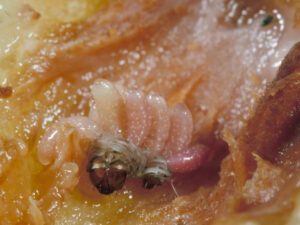
Classical Biocontrol
The largest classical biocontrol project has included importations of parasite species from Argentina, Uruguay, Mexico, Texas, Australia, Israel, Pakistan and Chile. Of those, eight parasitoid species were released in the San Joaquin Valley. The Goniozus is a ‘bethylid’ wasp imported from Uruguay and Argentina. It attacks NOW third- to fifth-stage larvae, placing more eggs on larger larvae. Daane said the adult female wasp stings NOW larvae to paralyze it, then walks up and down its length to be sure it is immobile before laying eggs on the larvae. When the eggs hatch, the larvae feed on the NOW larvae, sucking out fluid. Another parasite, the Copidosoma, also lays eggs on NOW larvae.
This parasite, Daane said, evolved not to kill the host but to make the most of what hosts they can find with ‘host tending.’ For the parasitoids, this is success, while killing all hosts in a harsh environment may not be.
In contrast, NOW’s biology works well in tree nut crops at hull split, where there is a target-rich environment.
“We have tried manipulation of the environment and parasitoids to improve control,” Daane said.
The Goniozus and Copidosoma work well in high NOW densities (greater than 10% nut infestation) but poorly at low NOW densities (less than 3% nut densities).
Reducing orchard sanitation to provide Goniozus with overwintering hosts is not a good strategy, Daane said, as Goniozus overwinters primarily as adults. Larvae inside the mummy nuts on the ground die from cold temperatures.
It is not true that adding cover crops in orchard management increases NOW parasitoid food and hosts. Daane explained that Goniozus and Copidosoma won’t find alternate hosts in cover crops, but possibly nectar as food. Cover crops and their management have a greater impact by physically reducing NOW survival in overwintering nuts on the ground.
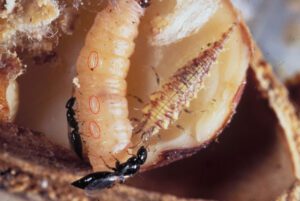
Augmentation Strategies
Gill’s mealybug was first identified in California in 2003, and control of this pistachio pest relies on the timely application of effective pesticides. Natural enemies of Gill’s mealybug are in the orchards, Daane noted, but they may not always provide economic control. Organophosphate and pyrethroid insecticides kill natural enemies that are present at the time of the application and for a longer period due to residual activity. There are augmentation strategies to increase populations of natural enemies, and some species can be commercially available. The UC IPM guidelines report that only a few natural enemies can be effectively augmented. Advanced planning, monitoring and optimal release timing are needed. High levels of pest insects and damage won’t be opportunities for successful augmentation.
There is a large list of specialized parasitoids that attack striped mealybug and a few parasitoids that attack Gill’s mealybug. Daane said there is a 0% to 2% parasitism rate found in pistachios compared to almonds in the San Joaquin Valley and vineyards in the Sierra foothills, where parasitism by specialized parasitoids is greater than 20%.
There is no mass rearing for these parasitoids.
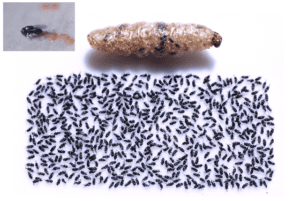
Resident Pests
Leaffooted bugs and stink bugs were one of the first groups of ‘resident pests’ identified in California pistachios. Most are native to North America, so there is no classical biocontrol. Most of these large bugs are somewhat migratory, Daane said, so biocontrol of leaffooted bugs and stink bugs is limited.
Their natural enemies include minute pirate bugs, spiders, damsel bugs, assassin bugs, big-eyed bugs and lacewings.
One of the issues with these species, Daane said, is they are not in the orchard early in the growing season. Their numbers build later in the season, but by then, the damage has been done.
He cited a two-year field study testing an irrigated trap crop meant to determine if it would reduce large bug abundance and crop damage in pistachios. The results showed an increase in beneficial insects in the trap crop treatments and a reduction of large bugs in trap crop treatments. However, there was no difference in crop damage during the trial.
Daane said that regardless of the integrated pest management program in an orchard, if insect pests are present, there is some level of natural enemy presence. Organic growers can attest to low sprays for NOW, mealybug and hemipterans, he noted.
“The first issue is manipulating natural enemy numbers, especially the parasitoids. The second critical issue, I believe, is the level of control, which is often above the desired economic injury level for these pests; some years well above.”

Cecilia Parsons | Associate Editor
Cecilia Parsons has lived in the Central Valley community of Ducor since 1976, covering agriculture for numerous agricultural publications over the years. She has found and nurtured many wonderful and helpful contacts in the ag community, including the UCCE advisors, allowing for news coverage that focuses on the basics of food production.
She is always on the search for new ag topics that can help growers and processors in the San Joaquin Valley improve their bottom line.
In her free time, Cecilia rides her horse, Holly in ranch versatility shows and raises registered Shetland sheep which she exhibits at county and state fairs during the summer.






